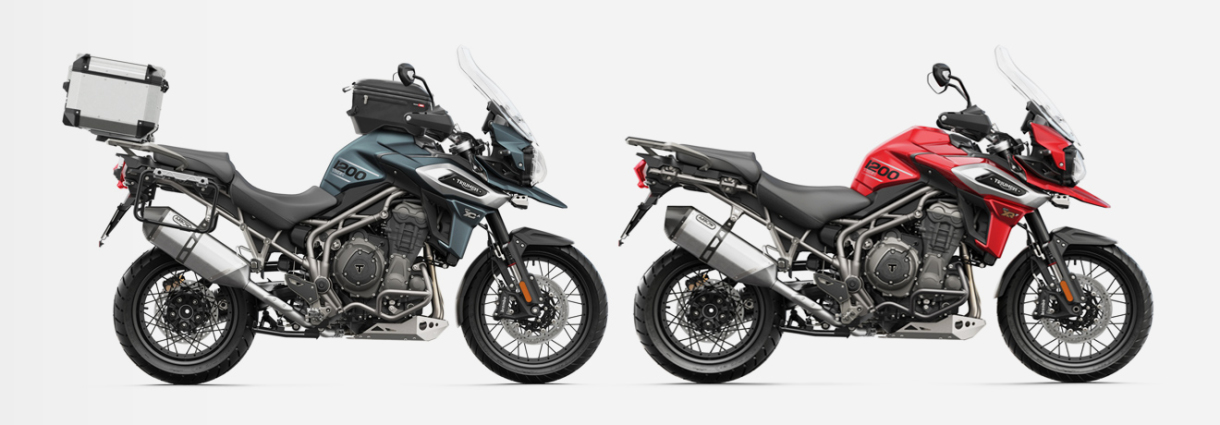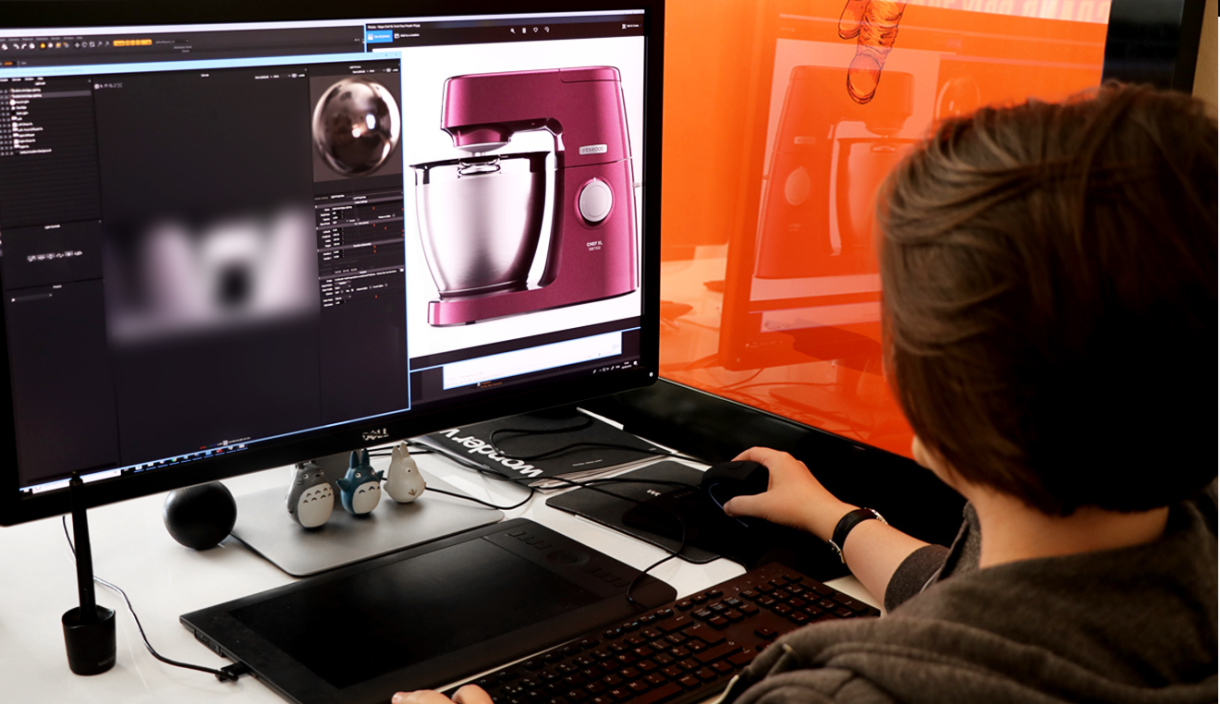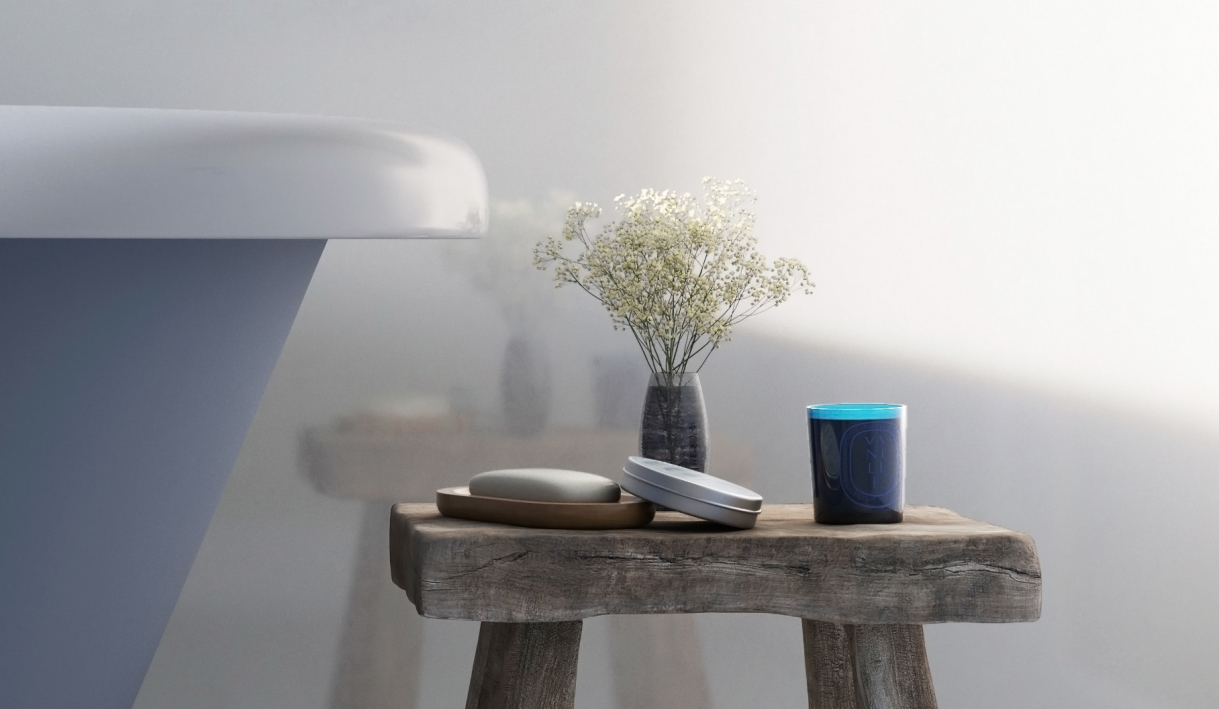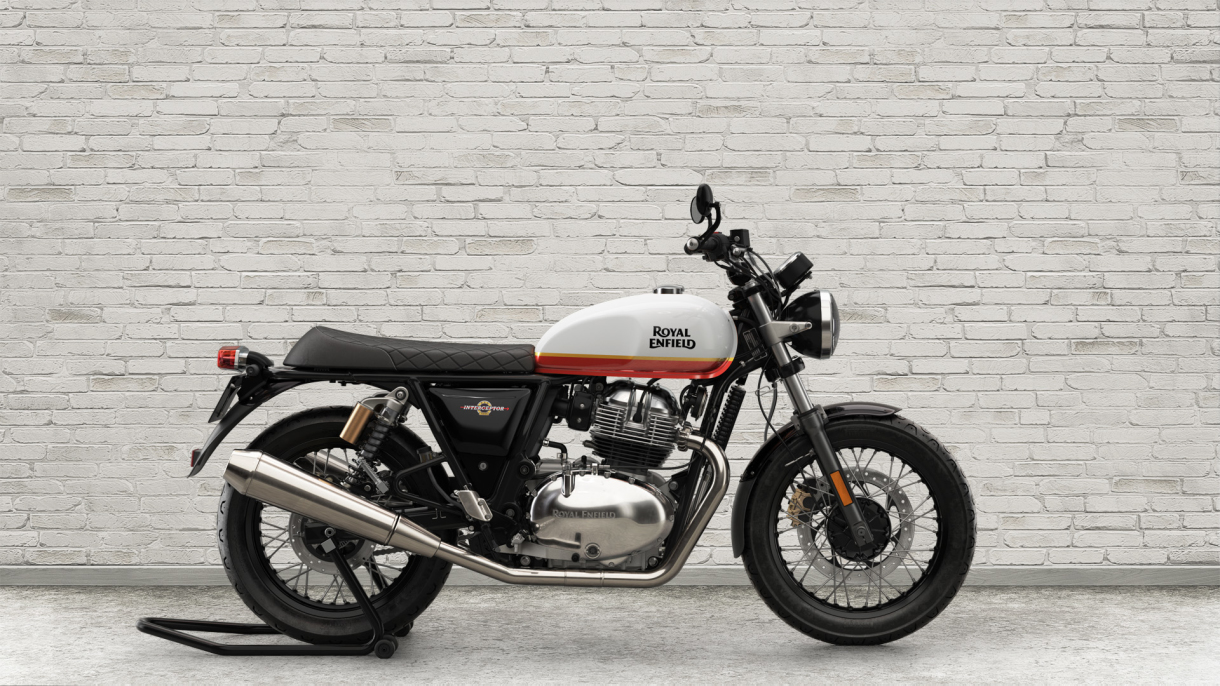A Passion For Detail: HDR Light Studio Customer Story
Lightmap recently visited the Wonder Vision studios to interview co-founders, Joe Thomas and James Elderton. The discussion covered the companies origins and their passion for high detail. Concluding with how HDR Light Studio has made their lighting workflow more efficient.
Joe and James met as fresh-faced students studying Product Design at Loughborough University; both ambitious to do more than graduate and work at an agency creating someone else’s vision – they wanted to create their own. Whilst on placement during their third year, Joe and James envisioned a plan to launch their own CGI production studio offering high-end photoreal services. Their ambitious seeds were officially sown in 2010 and Wonder Vision was born.
After spending a short afternoon with Joe and James of Wonder Vision, I couldn’t help but feel a sense of admiration for their artistic passion and innate sense of confidence – it wasn’t a case of ‘if’ they were to be successful all those years ago, but when.
Wonder Vision developed in the most organic way possible – an ambition of two friends with no financial resources or real business knowledge, just sheer determination and passion to create the best renders possible. This seemingly naive view of business has allowed Joe and James to grow, learn and develop an agency from the ground up in a way that is unique to them.
During Wonder Vision’s rapid growth, they have both had to tackle a variety of challenges often synonymous with running and owning a business, including marketing, finance and web development which they managed single-handily. Their versatility, independence and desire to learn not only enhanced their understanding of running a business but crucially, how to make it a success.
Wonder Vision continue to work with the world’s leading brands, producing the highest quality visual content. Their use of HDR Light Studio to light their imagery is stunning, and we at Lightmap are proud to see our software used by such a fantastic studio.
Lightmap Founder + CEO
”After graduation, rather than accepting positions at respectable businesses within the industry, myself and Joe offered to work alongside these companies on behalf of Wonder Vision in order to build a strong portfolio, client base, and income stream. Our early success allowed us to purchase the necessary infrastructure required, including servers and 3D software to further enhance Wonder Vision’s offering.”
”We built the company from the ground up, including entering competitions to help promote Wonder Vision. Joe is originally from Henley whilst I am from Nottingham, and our first base away from our home offices was in Nottingham after we won a creative business competition by submitting a thorough business plan. This entitled us to a rent-free office for the year, allowing the company to grow further without the need for massive investment.”
”We also entered an Autodesk competition whilst we were developing our website, that showcased the work of artists who used their software. We went on to win the competition, which resulted in a number of high-level companies contacting us about working for them. One of those companies being the iconic brand, Triumph Motorcycles – who we still work with today.”
After being welcomed into the Wonder Vision high street studio by James, I explored three floors of varying detail. Quirky features adorn the walls: a deer on the wall, a black and white Wonder Vision guitar, signed football memorabilia, and an array of music posters, including Band of Horses which I very much approved of. Everything about the studio is there to inspire its artists and make them feel at ease in a space where they spend the majority of their waking hours.
”After leaving Nottingham, we got our first office in Henley. What we loved about the location was how close it was to London for our clients and our artists, without the capital prices. Considering we spend most of our day, even lives at work we wanted to create a fun and inspiring environment to work, play and learn. ”
”We have a great studio space, full of toys and a great coffee machine which gets a daily workout, and every Friday we head out for a team pub lunch, whilst in the summer we have a BBQ at the studio. Both of these things can be difficult to do if we’re working on a pressing deadline, but it is an important part of our work culture to continue to do this, ” Joe reaffirms.
In the early years, Wonder Vision focused on creating content for the product and automotive industries, quickly expanding into the architectural and interior sectors. Joe and James were especially drawn to the potential of CGI, a relatively new technique for their clients, and set about convincing them to transition from product photography to CGI. This early innovation rewarded Wonder Vision with a number of projects for leading names such as Triumph Motorcycles, Kenwood, Unilever and Sony PlayStation.
As the company has grown, so has their need for the most innovative and efficient software. From the outset, Wonder Vision utilised Maxwell Studio for products and automotive projects, and then as the companies offering grew, they used 3ds Max and V-Ray for internal and exterior architectural designs. To render photoreal CG imagery, Wonder Vision employs Abacus Render, their powerful proprietary process that allows them to deliver content at high volume and in less time. But despite their successful workflow, Joe recalls one key component which was missing – efficient lighting software.
“Pre-HDR Light Studio we were lighting our shots with a combination of HDR environment lighting and physical emitter planes. Manually moving the geometry to adjust the lighting and position of the highlights. This was a very clunky, slow process, with a lack of finite control and could take hours if not days to complete meaning you never quite got the results you were aiming for.”
“We were working on CG image content for a luxury perfume brand and we were looking for a solution to allow us to control the lighting – specifically the placement of highlights on the glass bottles. This is when we introduced HDR Light Studio into our workflow, and within a few hours, we couldn’t believe how we previously worked without it. The software was a true game changer allowing our artists great control and precision.”
”At present, we use HDR Light Studio in conjunction with Maxwell Fire Render for real-time instant feedback on our lighting. This setup is very efficient and provides our artists with an environment to experiment and create better images, infinitely quicker and more accurately.”
The team of ten artists at Wonder Vision are young, focused and talented, led by Joe and James in a collaborative manner conducive of exploration, development and trust. They regularly provide paid internships every year, with a keen desire to develop and train the next best artist for their global client base.
Creating the perfect working environment is one thing but the end product is of paramount importance to the independently run studio.
Joe and James mutual love and emphasis on attention to detail have seen the business grow from a remote home business to a go-to studio that continually evolves its skillset for their ever-growing clientele.
Every aspect of their philosophy is built around going the extra mile, whether it be for their clients or their staff. During my visit, I am presented with a beautifully crafted portfolio of their projects and other physical examples which get showcased to a client during the bidding and creation process so they can see Wonder Vision’s work in print rather than just digitally. Attending to the finer details in such a way, whilst providing their clients with a range of services, has catapulted Wonder Vision to a level most independent companies could only dream of.
”Every task we take on has its own set of challenges, but we thrive in these types of environments. We now offer more to our clients by getting involved in projects even earlier, including the initial storyboard to the final render. We take care of every detail to make our clients job even easier.”
With such rapid success, a growing client base and a creative hub which works as efficiently as ever, I ask them what their version of success looks like, to which Joe provides a great analogy.
”If you’re a marathon runner and you’re halfway around, you don’t stop and think oh look how far I have come, you look towards the finishing line. That’s how we view our success. Maybe in a few years we may look back and admire, but at the moment we don’t intend on stopping because the future of Wonder Vision definitely looks bright.”
Thank you to Joe, James and the Wonder Vision team for welcoming me to your impressive studio.
“It was great to see the inner workings of such an established and respected studio who have used our software so consistently since 2013.”
Published by Stacey Winter of Lightmap. As a First-Class Journalism graduate, Stacey Winter’s role in Customer Engagement is to provide great service, with a personal touch.




